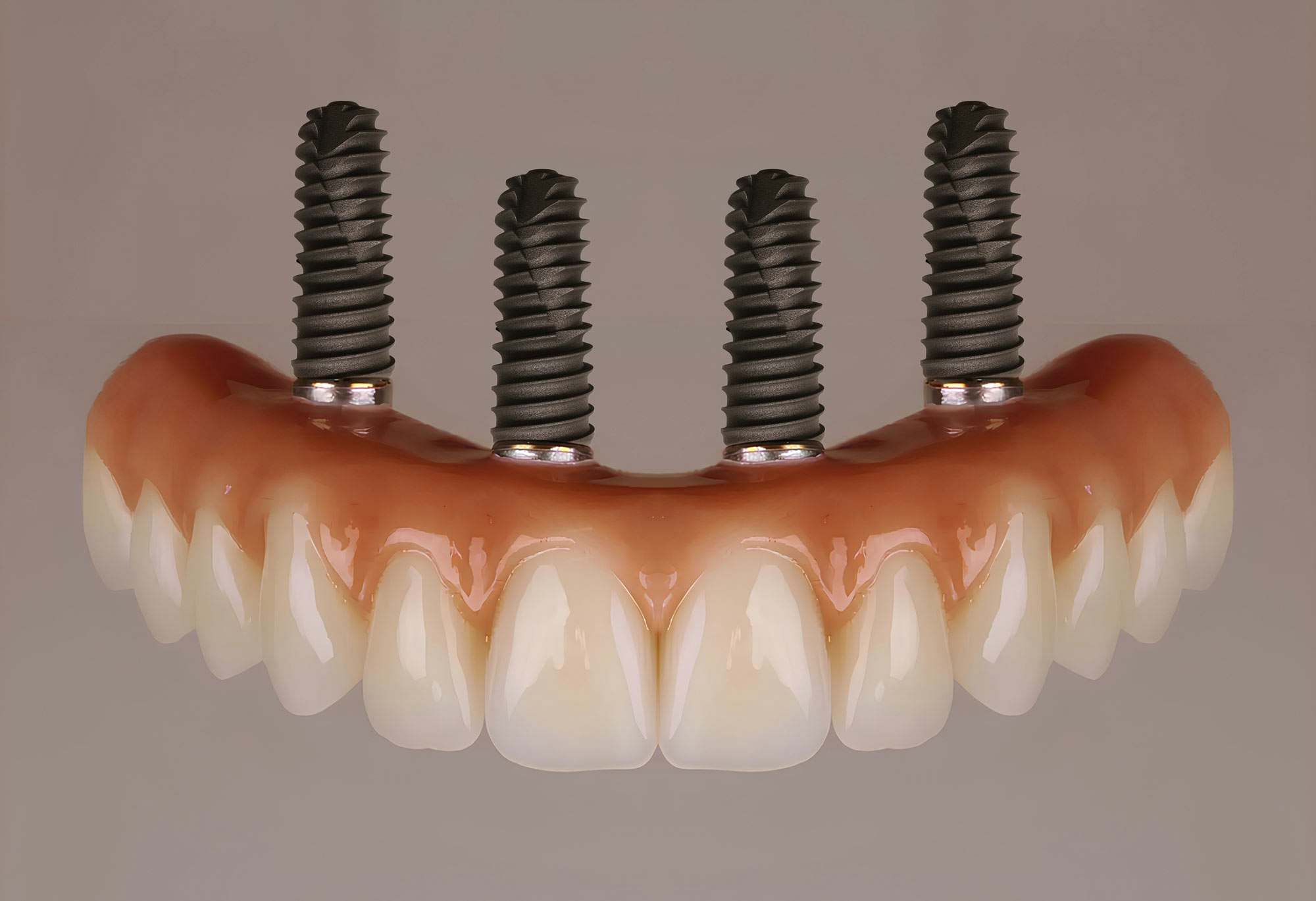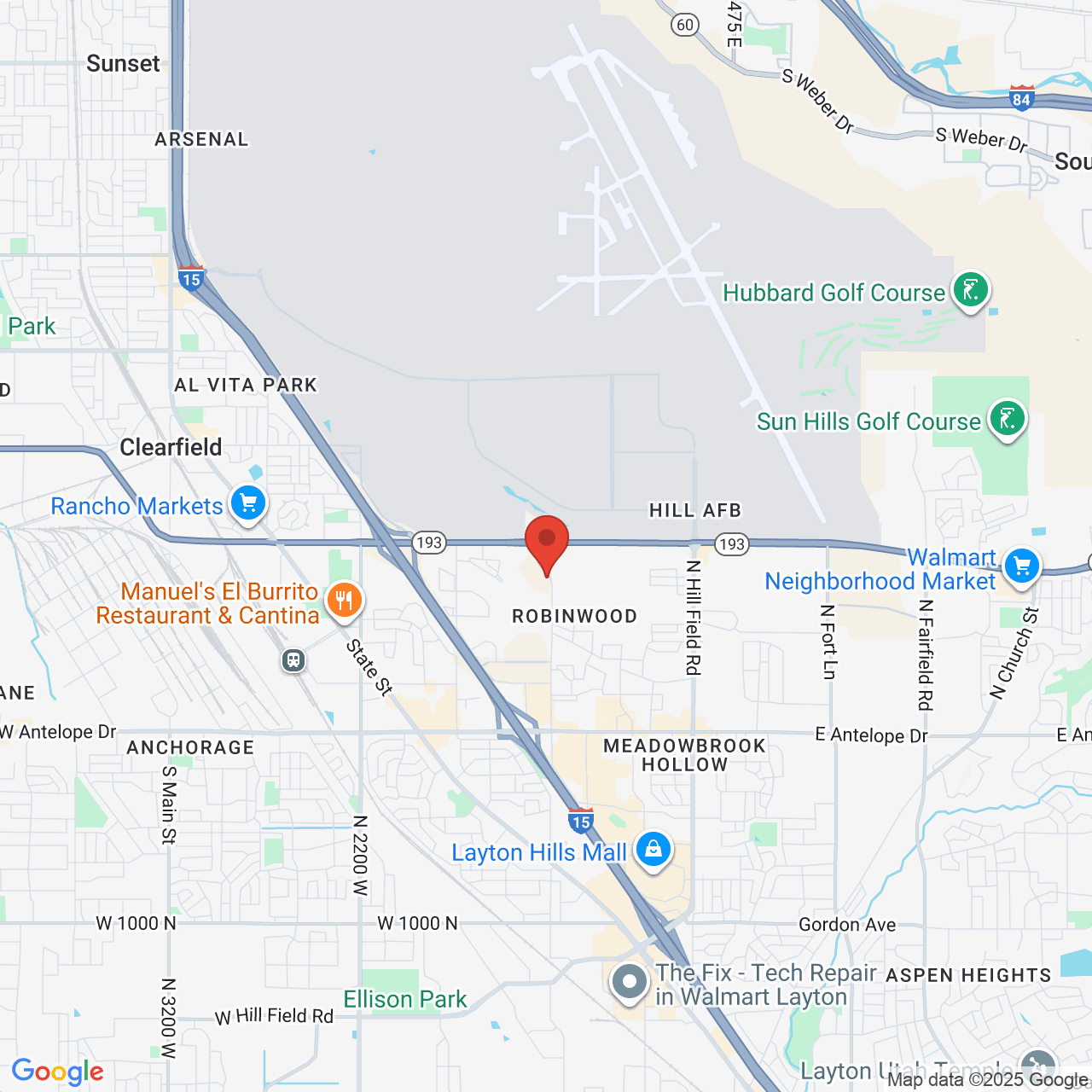Bone Grafting Clearfield, UT Rebuild Your Jawbone With Expert Surgical Precision
- Providing expert care since 2005
- Advanced 3D imaging for safe, precise treatment
- IV and nitrous oxide sedation
- Hospital-affiliated care for Clearfield and Layton patients
Take the Next Step With Dr. Newey
When it comes to bone grafting, trust a surgeon who combines advanced training with real-world surgical depth. Dr. Mark Newey doesn’t just offer treatment; he brings hospital-grade precision to every case.
- Hospital-affiliated at Intermountain Health McKay-Dee Hospital — qualified to manage complex surgical needs
- Certified in both IV and nitrous sedation, ensuring care is comfortable and safely managed in office
- Completed advanced surgical residency at the University of Oklahoma after a science-based undergraduate program
- Attended college at Weber State University and trusted by referring providers across the region
Ready to take the next step? Let’s talk about your options.

“I wouldn't trust anyone else.” Why Patients Love Dr. Newey and His Team
"Dr. Newey and his staff are very attentive. From our first consultation to the day of surgery they were commutative and patient. Dr. Newey is very knowledgeable and a gifted surgeon that has done surgery on myself, and now my son. I wouldn't trust anyone else." - Amber W.
How We Help Make Care Affordable
Concerned about the cost of bone grafting? We’re here to make care as accessible as it is effective. From insurance coverage to flexible financing, our team is ready to help you move forward with confidence.
- Most procedures are covered: Because bone grafting is often medically necessary, many procedures are partially or fully covered by dental or medical insurance.
- Flexible payment options: We accept all major credit cards and financing through CareCredit®, a trusted lender that lets you break treatment costs into low-interest monthly payments.
During your consultation, we’ll provide a detailed, personalized estimate. Our team walks you through every cost factor, including insurance coverage, copays, and surgical fees, whether you’re visiting us from Clearfield, Layton, or nearby.
What Bone Grafting Can Help You Achieve
Bone grafting does more than restore lost tissue. It opens the door to improved oral health, elevated function, and a range of restorative options.

Build a Strong, Stable Foundation for Dental Implants
A bone graft procedure is often the first step in preparing for long-term implant success.
- Replaces lost bone tissue and reinforces weakened areas
- Supports implant placement with natural bone-like strength
- Makes implant surgery safer in certain areas, like near the sinuses
- Creates stable, secure conditions for lasting function and comfort

Restore Bone After Trauma, Infection, or Disease
Bone grafting helps strengthen the jawbone and support full recovery in complex cases.
- Addresses damage from gum disease, injury, or deterioration
- Stabilizes surrounding teeth and prevents further tooth loss
- May precede jaw surgery or trauma repair when needed for our Clearfield and Layton patients
What to Expect on Your Bone Grafting Journey
Whether you’re preparing for dental implants or restoring bone after trauma, we'll guide you with clarity and compassion.
“Quick, easy, and stress free.”
“I have severe anxiety with any dental work and surgery in general, but Dr. Newey and his staff made my experience as quick, easy and stress free as could be. I highly recommend The Oral & Facial Surgery Center and is my first choice for any future oral surgeries!” - Emily H.
Considering All-on-4 Instead?

If you’re missing most or all of your teeth, bone grafting may not be your only path forward. All-on-4® full-arch restorations offer a graft-free alternative for many patients.
This advanced technique uses just four strategically placed dental implants to support a complete set of replacement teeth. The angled implant placement often avoids areas of bone loss, which means you may be able to skip grafting altogether and still achieve lasting, functional results.
Dr. Newey will evaluate your anatomy, bone density, and goals to decide if traditional implants with bone grafting or All-on-4 is the right fit. No matter the approach, your care will be safe, personalized, and built for long-term success.







